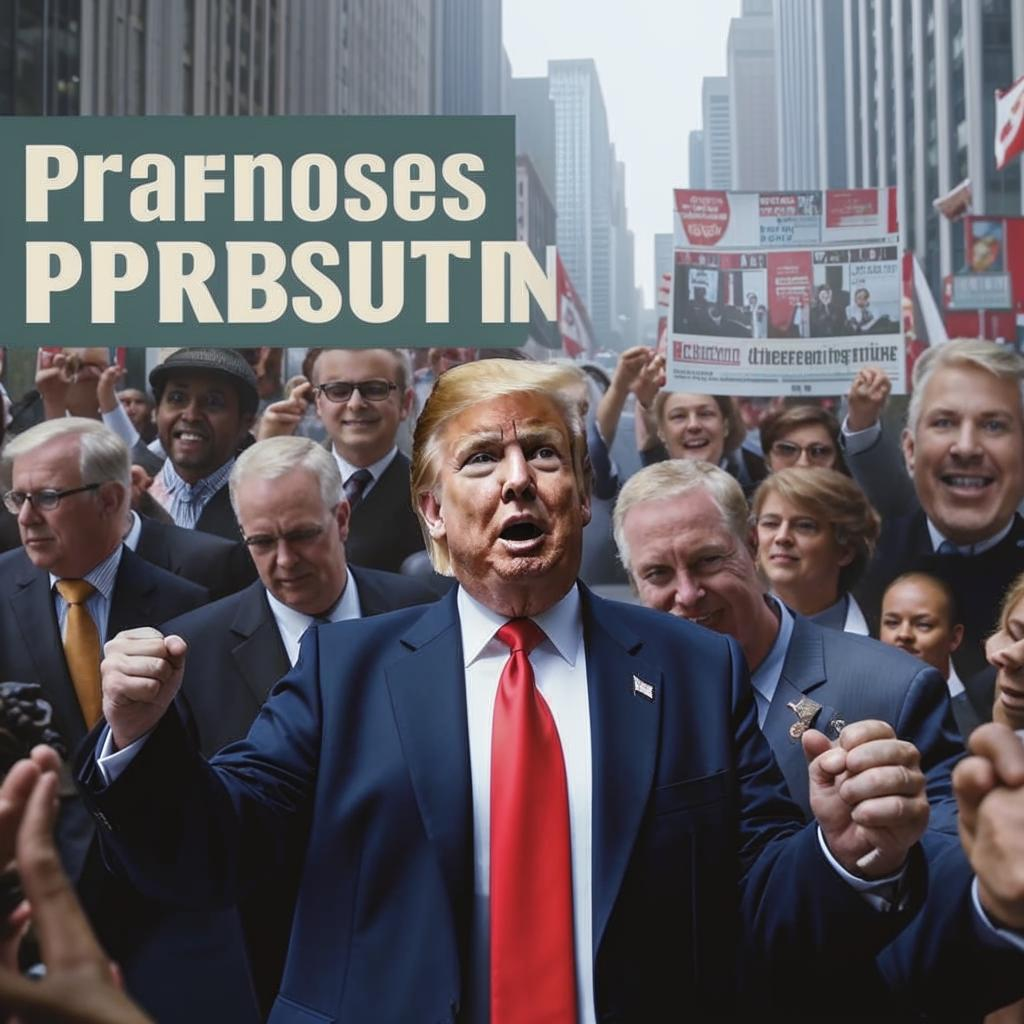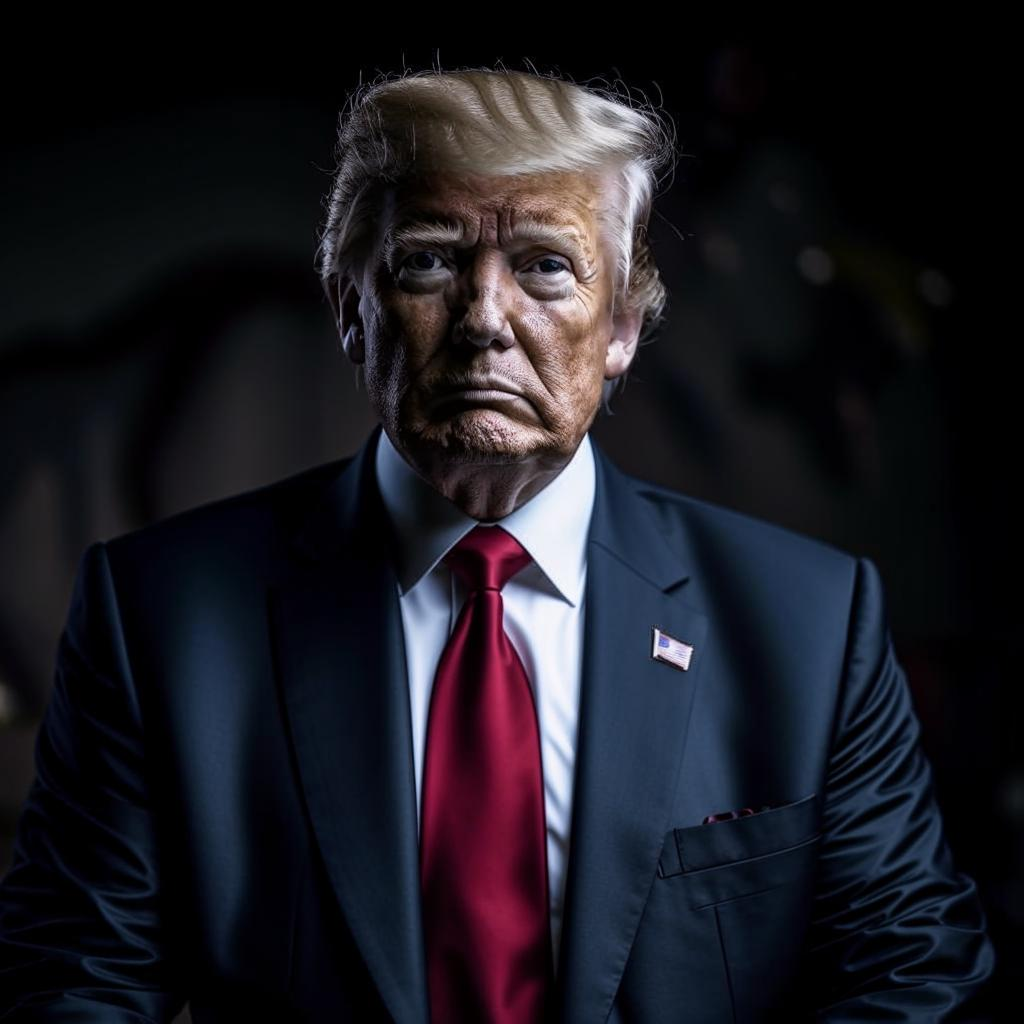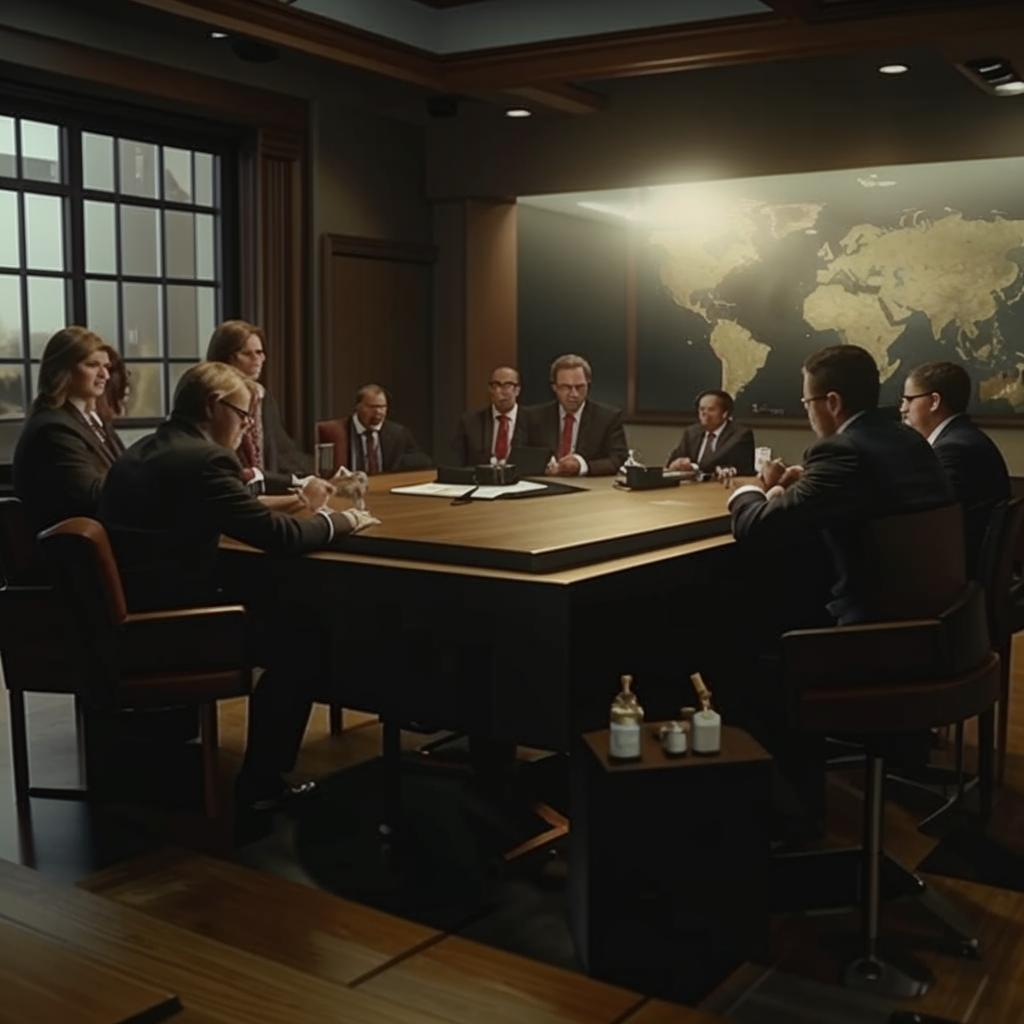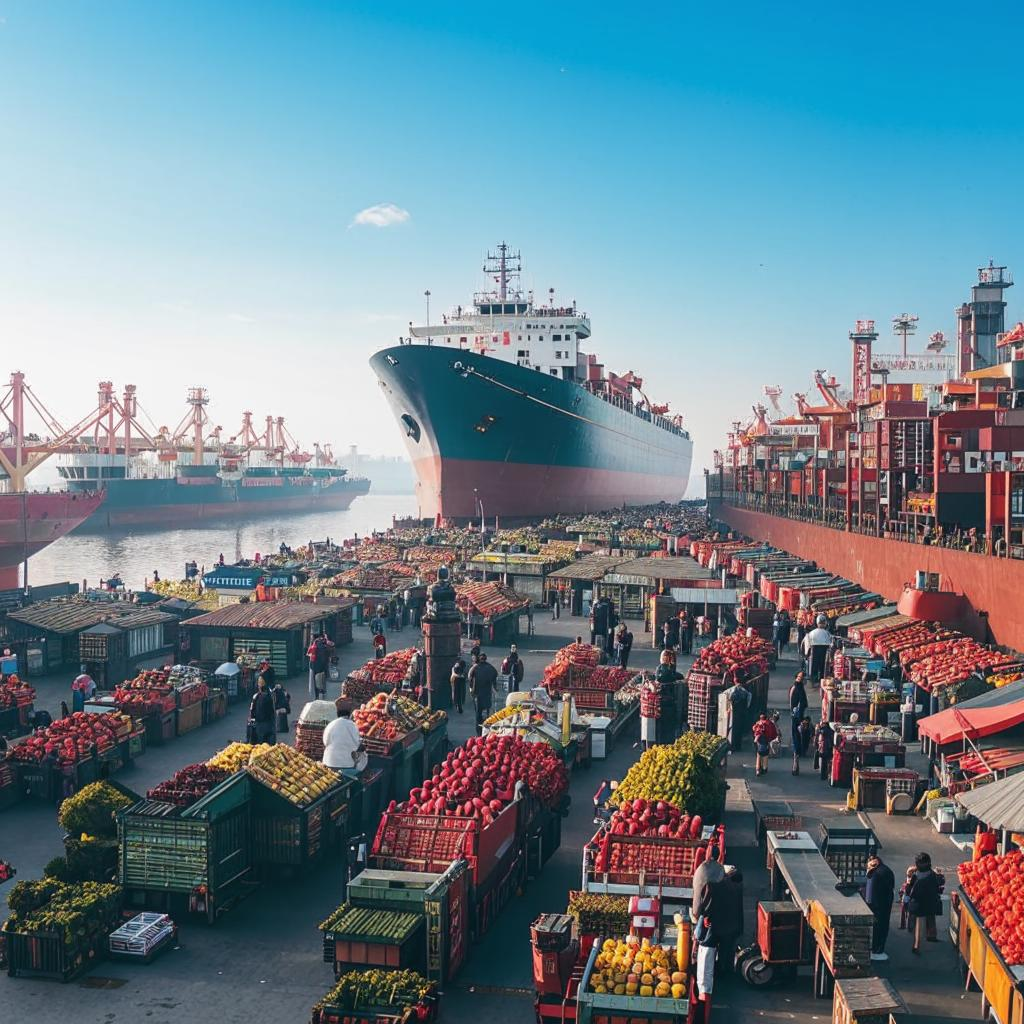President Trump’s tariff pause offers temporary respite, but fails to address underlying trade issues. While businesses and markets have reacted positively to the halt in escalating tariffs, economists and trade experts caution against viewing it as a permanent solution. The core problems that triggered the trade war, including intellectual property theft, forced technology transfers, and restricted market access in China, remain unresolved.
The tariff pause provides a brief window for negotiations, but a comprehensive and enforceable trade agreement is crucial for achieving long-term economic stability. Simply ceasing tariff increases does not automatically address the structural imbalances and unfair trade practices that have fueled tensions between the U.S. and China. Unless these fundamental issues are tackled head-on, the risk of future trade conflicts and economic disruption remains high.
Businesses must prepare for ongoing uncertainty and volatility, as the tariff pause does not guarantee a smooth path forward. A lasting resolution requires both sides to compromise and commit to meaningful reforms that promote fair and reciprocal trade. The real test lies in whether the U.S. and China can reach a comprehensive agreement that addresses the root causes of the trade dispute and creates a more level playing field for all.















